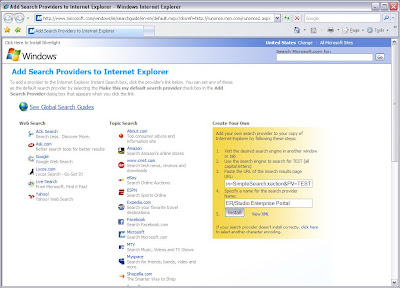Word on the street is that I'm not the
best program manager ever. At least, that's what the T-shirts say. Regardless of whether you can believe everything you read, and given that I'm often asked what it is that I do for a living, I thought I'd take a moment to explain what exactly a program manager (PGM) is...
A program manager at
Embarcadero is a cross between a product owner (in the agile sense) and a project manager. We "own" the user experience; that is, we determine how requirements get turned into functionality that appears in our products. Organizationally, as a program manager, we're part of two triads.
As part of the external, or customer-facing, triad (the "cone of silence"), a program manager works with a product manager (PM) and a product marketing manager (PMM) to gather requirements, assess the market, validate product roadmaps, and analyze the competition. Being a keelboat racer, I like to think of this triad as as the
strategic part of my job. In sailing, strategy is what you'd plan to do to win the race if there were no other boats on the course. For more insight into this side of the business, check out the
interview that
Greg did recently with my PM (Jason Tiret) and PMM (Josh Howard).
As part of the internal, or engineering-facing, triad, a program manager works with a software development manager (SDM) and a quality assurance manager (QAM) to deliver a product which satisfies its requirements, on time and with quality. I like to think of this triad as the
tactical part of my job. In sailing, tactics is how you actually make it around the course when there are lots of other boats out there trying to do the same thing. There are typically two kinds of software projects: time-based (where the product is released on the scheduled date, even if the scope needs to change to do so) and content-based (where the product is released with the planned content, even if the date needs to change to do so). At Embarcadero, our projects are of the former kind, and "he who ships,
on time, speaks".
Oh, one more thing. We're always looking for good
people, so if this role sounds attractive to you, drop me a line. ;)











